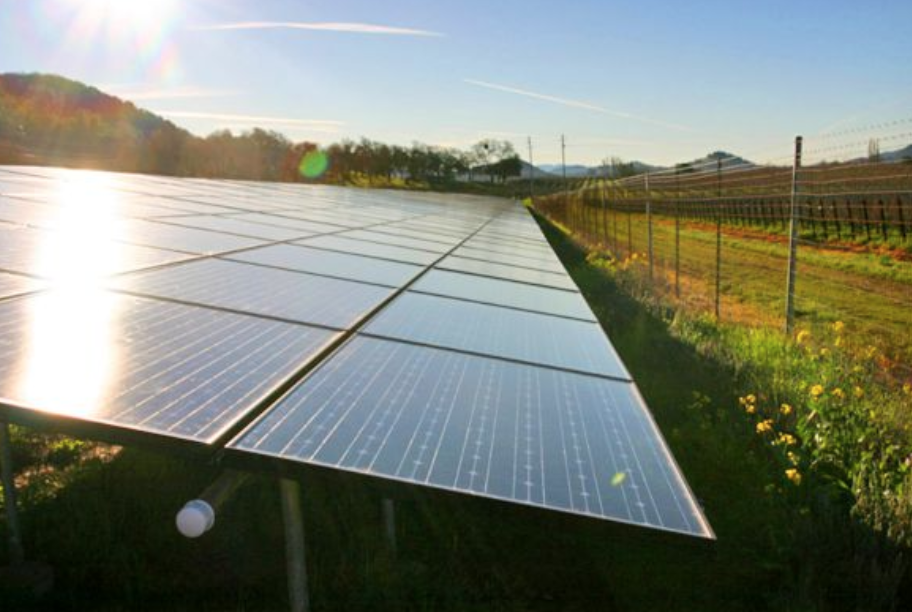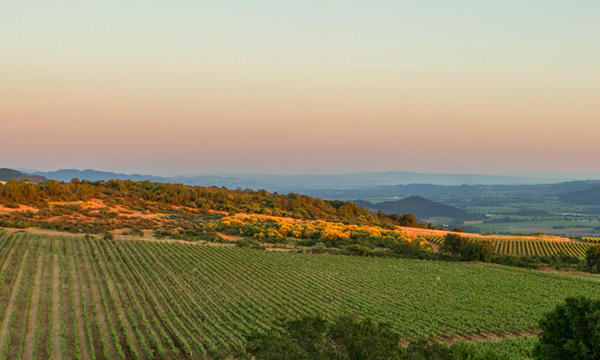
With increasing interest and concern we are seeing about the drought conditions in California we thought it would be a good time to give you an update on the water conditions in Napa Valley.
Mediterranean Climate
First off, it is important to understand that Napa Valley and the surrounding Bay Area (including Sonoma) are in a Mediterranean climate. This is the climate that many of the world’s wine-growing regions share. With our coastal influence from the Pacific Ocean (and San Francisco Bay/San Pablo Bay), Napa Valley experiences cool evenings and foggy mornings. It’s what has allowed Napa Valley to grow such great wine grapes for almost 150 years.
Another characteristic of Napa Valley’s Mediterranean climate is that we get rain only in winter and spring, and almost no rain in the summer and fall months. So, when we have a drier winter (like the last 2 winters), we have less rain to fill up reservoirs and streams in our valley. When we get a wet winter (like 2018, which broke records for rainfall in some areas of the valley) we have plenty of water for our growing season. Many of the drier areas of California where they grow other crops do not share our coastal influence and are experiencing worse effects of the current drought. They are in a far different situation than Napa Valley.
Growing Grapes During a Drought
Droughts are not historically uncommon in California’s history. Napa Valley experienced them in the 1970s and again in the 2010s. What that means for the vintners of Napa Valley is that we have learned to adapt to growing and making wine when less water is available.
Grapevines can survive and even thrive with limited water, unlike other agricultural crops. While Napa Valley’s vintners and growers may have had a more challenging growing season due to less available water, they have used crop and canopy management techniques to balance the effects of Mother Nature.
Napa Valley’s vintners and growers are renowned for employing the most up-to-date technology for growing premium grapes and producing consistent quality wines. For example, there are water monitoring resources that help a grower to determine at the vineyard block and sometimes even the vine level where water is needed. Some vintners also use reclaimed “recycled water”, which helps to conserve drinking water and getting two uses out of our water resources before it goes back into the ground. These technologies and efforts allow for the most efficient use of water possible.
The 2021 Napa Valley vintage
At the end of the day, the vintners and grape growers of Napa Valley are farmers. As no two growing years are the same, farmers must successfully adapt, harvest to harvest, season to season, year to year. This year’s harvest is likely to bring lower crop yields, but the quality is expected to be excellent. No matter what 2021 brings Napa Valley’s vintners and growers, they will continue to adapt and change their practices to continue making the best quality wines.


